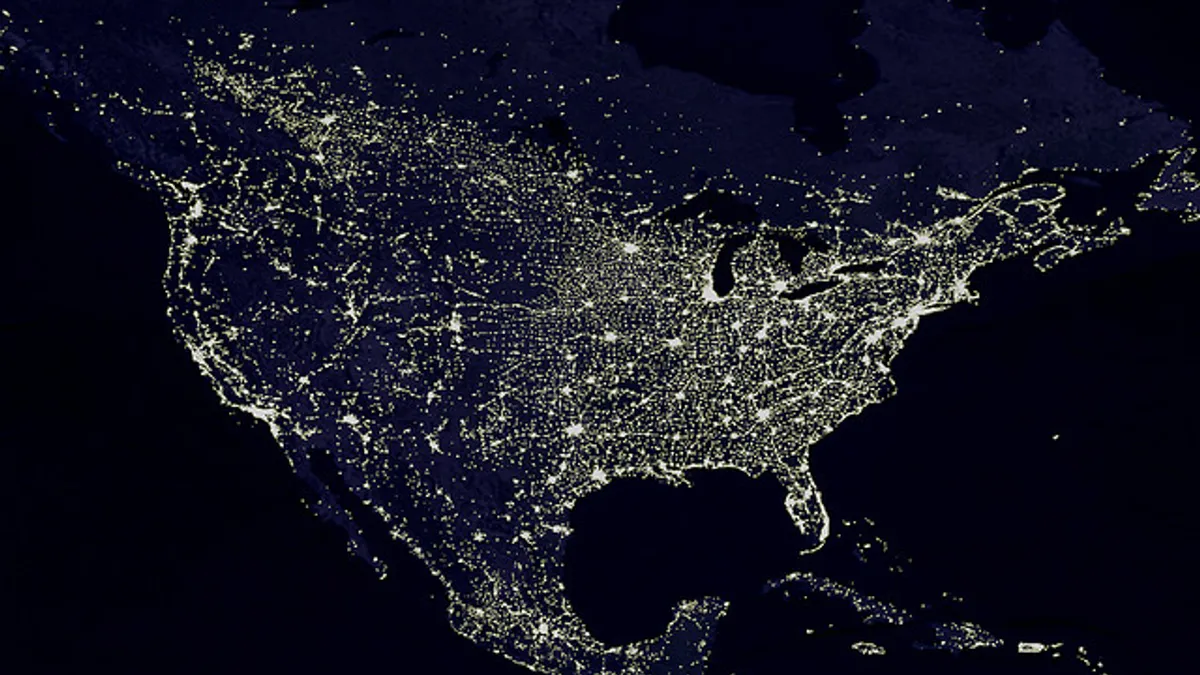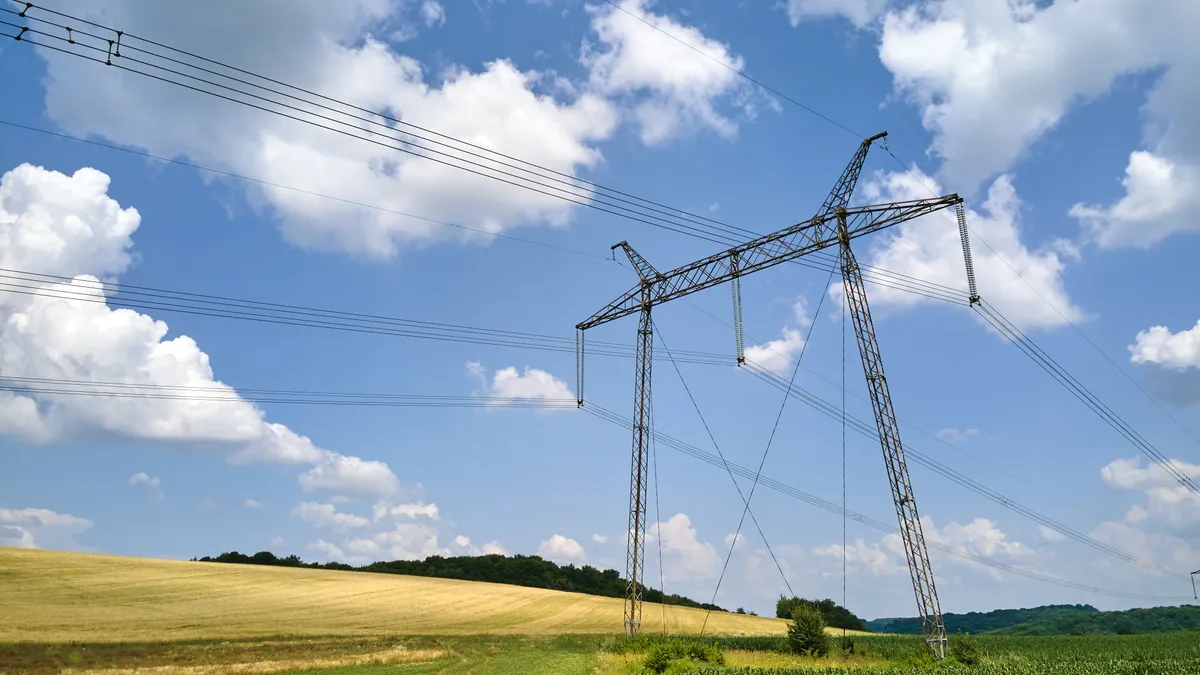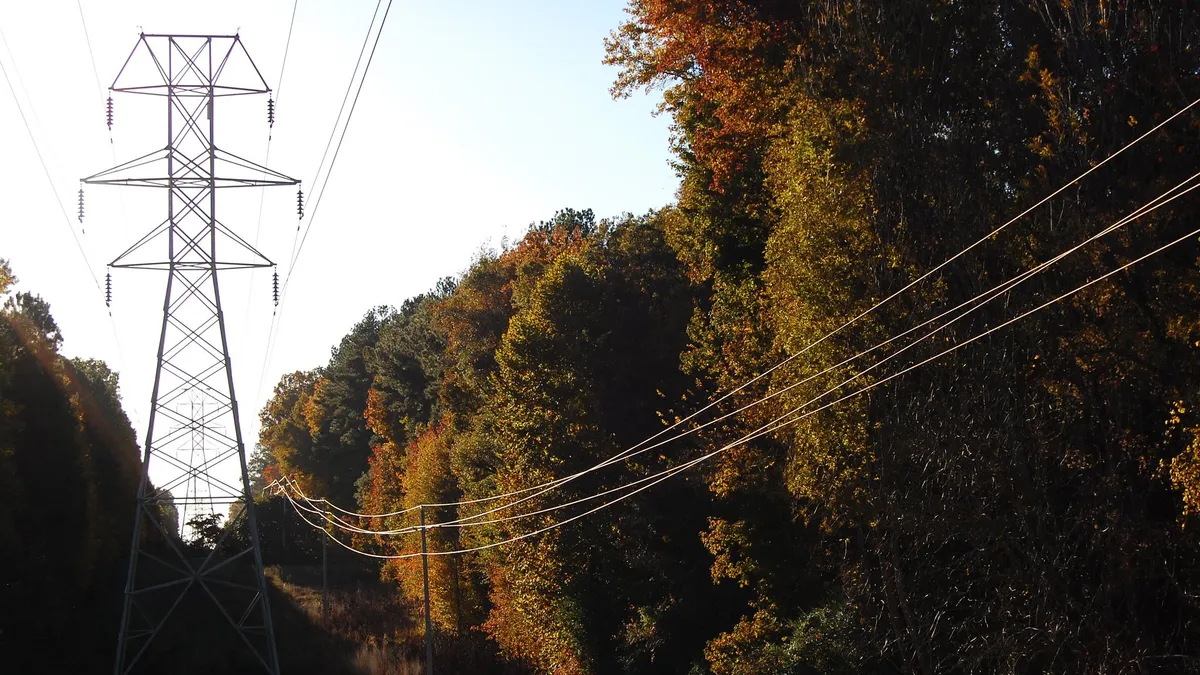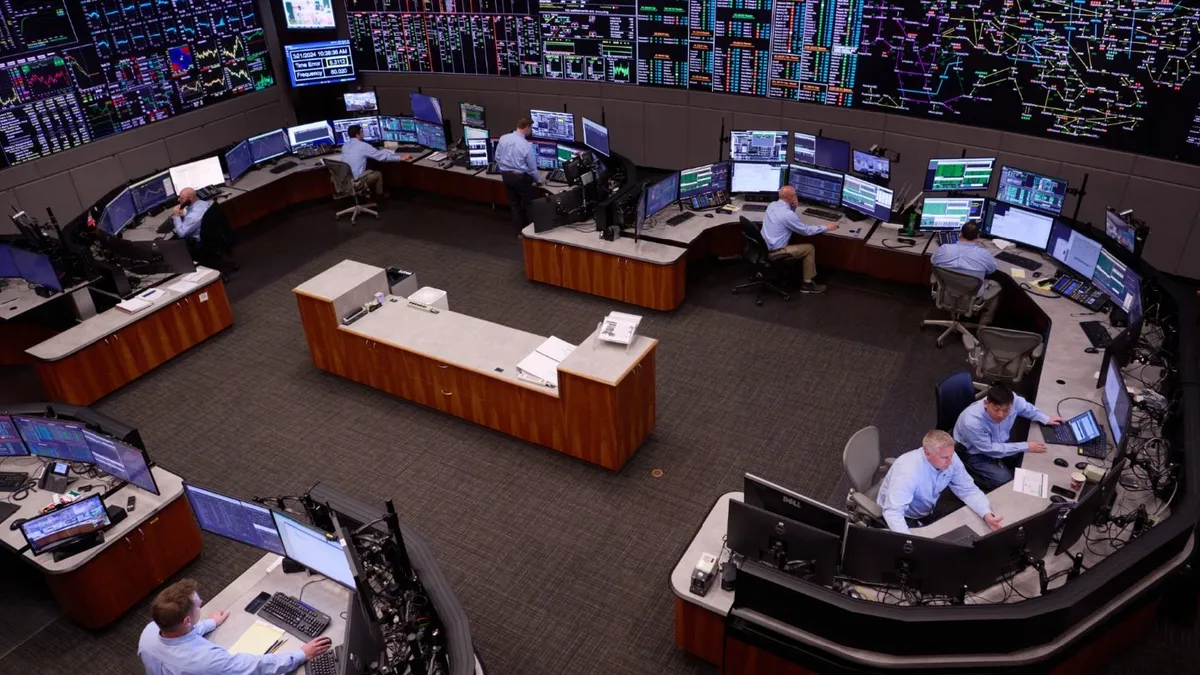Twice a year, the Peak Load Management Alliance (PLMA), a trade association for demand response companies and electric utilities, gets together to discuss the state of demand response. But this year, the PLMA’s spring conference in Denver appeared to be just as much about the ongoing U.S. energy transition as it was about demand response.
The two issues are not easily separated. As the penetration of renewables increases across the country, vertically integrated utilities and grid operators face challenges integrating new, highly variable resources into the system. And as the dawn of the solar-plus-storage era approaches, electric utilities are looking to preserve the all-important relationship with their customers.
Enter demand response.
From direct load control to behavioral programs, demand response is poised to play an increasingly important role as a resource that can act help balance the grid, make it more flexible and strengthen the utility-customer relationship.
But despite its promise, each utility faces its own challenges integrating demand response into their portfolios.
“We are all experiencing [the energy transition] at different levels,” Duke Energy’s Rich Philip told the audience at the conference. “We’re in different parts of the country. We have different commissions. Sometimes we’re in multiple states; sometimes not. We have varying levels of maturing of demand side management programs, demand response and energy efficiency. It’s not all the same.”
Five utilities—Duke Energy, Xcel Energy, Pacific Gas & Electric, Baltimore Gas & Electric, and Tucson Electric Power—shared insights on their demand response efforts, the challenges and opportunities they’re facing, what they’re thinking about as they plan for the future, and how it all fits into the big picture.
Here’s what you need to know.
TUCSON ELECTRIC POWER
“What’s keeping me up at night?” asked Denise Smith, director of demand-side resources at Tucson Electric Power and parent company UniSource Energy. “The regulators.”
“In Arizona,” she said, “the commissioners change every couple years, so we’ve had some challenges getting demand response off the ground.”
Tucson Electric Power, which serves 700,000 customers across the state of Arizona, has about 20 MW of demand response. Faced with a 22%-by-2020 load reduction mandate, the utility plans to bump that up to 60 MW in the near future. “It’s been a very slow start,” Smith noted.
The challenge “is just not having the technology there, not having the smart grid available,” Smith said. “In our residential pilot, we relied heavily on the Internet. Problems with that were significant.”
Another issue that keeps Smith up at night is the energy transition. “What is our business model going to be? What are we going to look like as utilities?” Smith said.
“You might say, ‘Well, Denise, what does that have to do with demand response?’ I think demand response is going to play a significant role in that—it could be when we move toward a products and services role: putting in thermostats, offering customer services," and integrating microgrids, she said.
Looking ahead, Tucson Electric Power is weighing “different programs and services that we can offer to the customer in the next couple years and start on that road to becoming an energy services company.”
“It is unfortunate that as utilities we are slow-moving beasts. It is unfortunate that the market is ahead of us,” Smith said. “Can we change our mindset? I know that’s where we’re trying to go. It’s difficult to change a culture that has done things one way. Yes, there’s a few people at utilities that recognize we need to change and get engaged. Now is the time to get onboard. We can’t wait much longer—or else our business will be taken away.”
DUKE ENERGY
As the largest electric utility in the U.S., with over 7 million customers and over 3000 MW of demand response in its territories, Duke Energy’s challenges are a little different from a smaller utility such as Tucson Electric Power.
At the beginning of the winter, the only parts of Duke Energy that were worried about winter resources were Florida, which is a traditionally winter peaking state, and a small area of the mountains near Asheville, N.C. “But on January 6, the world turned,” said Rich Philip. “By January 7, we had exceeded the all-time winter peak.”
Over the course of a brutally cold and stormy winter, Duke called 10 economic events in Indiana MISO territory. In Ohio, PJM called three emergency events within a 24-hour period. “Dispatch in the winter was a whole new experience,” Philip said.
Before the storms and cold struck, “we weren’t really thinking very much about richer demand response capabilities,” Philip said. “Instead, in Indiana we saved $2 million in purchased power costs during those 10 economic events.”
Duke Energy had not seen “those types of winter prices since 2003,” Philip said. “There are legitimate reasons why we probably weren’t as ready. You can prepare all day long for something that’s never happened, but it’s not real until it hits us.”
XCEL ENERGY
Despite already having “one of the largest portfolios of demand response in the Midwest” at 1400 MW, Xcel Energy is looking ahead, according to Jessie Peterson, demand-side management/renewable policy and strategy consultant for Xcel Energy.
Xcel is rethinking how to run its demand response programs, Peterson said. “What makes sense for us, what makes sense for our customers, and how do we use that in the future?”
The utility is looking at the mass market, which many in the industry see as an untapped opportunity. Xcel already has “a very successful [load control] program” with about 60% of its mass market customers enrolled, Peterson said, but “when you start looking at smart thermostats and those types of technologies, how do we balance what we have today with what will be available to us in the future?”
While utilities are known (fairly or not) for being slow-moving, Xcel is “questioning all of these things right now,” Peterson said. “We may not have all the answers today, but these are the things we are taking a look at.”
Utilities operate assets with half-century lifespans, which means that they have to plan ahead on 10-year timelines – at least.
“A lot of conversations in the office where we look at each other and say, ‘This would be great to do – but we can’t given what we have today,’” Peterson said. “So we’ve taken a little step back: What can we change and what can we look at moving forward so that we can start doing some of these other things?”
Despite the challenges of planning for an uncertain future, “it’s an exciting time to be part of demand response,” Peterson said. “There’s a lot of changes going on, there’s a lot of opportunity.”
PACIFIC GAS & ELECTRIC
Serving large parts of California, Pacific Gas & Electric (PG&E) has faced challenged at the cutting edge of the energy transition—particularly, addressing the “Duck Chart.”
Andrew Hoffman, who manages about 650 MW of capacity resources for PG&E and develops programs to meet future needs, said he believes the chart and “the changes that we are anticipating on the grid in the next few years are a big opportunity for us.”
Although the biggest impacts shown on the chart are still a few years away, Hoffman said there are good signs that demand response can help solve the problem.
“In February, we had tight natural gas supply and we called our reliability program throughout the state for the first time since the early mid-2000s. Reliability resources delivered in excess of forecasted load,” Hoffman said. “It was a good reminder that reliability resources and emergency demand response a very vital role to play in reliability.”
Another big opportunity for PG&E is mass market demand response. “Over 50% of our large C&I customers are involved in some demand response program or critical peak pricing rate. That number is only about 5% for our residential and small and medium business customers,” Hoffman said.
“So how can we meet those customers’ needs -- and do so in a way that doesn’t create stranded assets and leverages open standards?”
Although the utility defaulted its large C&I population to peak day pricing and is in the process of doing so with its small-medium business customers, PG&E has no intention to do the same with its residential customers.
PG&E discovered “you’ll have more satisfied customers and you’ll have more load reductions” if you can “get positive buy-in from customers into a program versus defaulting them,” Hoffman said. “No question you get more enrollment in absolute terms if they get defaulted, but customers that have been positively recruited are going give more load reductions, or load modifications, than the ones who have been defaulted. Getting back to the idea of choice, they will feel like they have more skin in the game and will have a positive association with that move as opposed to something’s been done to them.”
Customer engagement is key to the success of many demand response programs, PG&E found.
The utility’s AC cycling program had a signup incentive, but no ongoing incentive. As a result, the engagement was found to be “lacking,” Hoffman said. “We are looking into opportunities that have some kind of ongoing incentive.”
Similarly, PG&E found out in a customer survey that “customers that respond a small number of times per year have higher satisfaction than customers who are enrolled in demand response but don’t respond at all in a given year,” Hoffman said. “Our customers enroll in demand response for the financial incentives, but I think there’s also a positive association with doing something. There’s an extreme where customer satisfaction falls off dramatically, but there’s a sweet spot in there.”
Hoffman expressed optimism at demand response’s ability to help utilities navigate the challenges ahead. “There’s enormous promise in the new technologies that are coming along,” he said.
BALTIMORE GAS & ELECTRIC
Baltimore Gas & Electric (BGE), which serves 1.2 million electric customers and has about 430 MW of demand response resources, was the first electric utility in the country to try behavioral demand response at scale last summer.
The challenge of launching the program meant sleepless nights for Heather Anderson, leader of residential demand response programs at BGE.
The program, which was conducted with Opower, sent pricing signals to residential customers the night before an “energy savings day” and asked them to take action.
“We’re tying a demand response program with information we get from the smart grid,” Anderson said. It’s a “new way to participate in demand response. It’s totally up to the customer what they do.”
“Last summer, it was 315,000 [customers],” Anderson said, noting that four “energy savings days” were called. “This upcoming summer will be 800,000.” By summer 2015, BGE aims to roll out the program to every single one of its residential customers, she said.
“We measure the reductions from those energy savings days from the smart meter information, compare it to what their typical usage is—we use a baseline calculation do that—and then we pay those customers rebates,” Anderson said. “We start notifying them the next morning, saying, ‘Congratulations! Yesterday you earned [this many] dollars on energy savings day.’”
BGE also integrated its behavioral program with its traditional AC cycling programs, which handl 320,000 devices in the field.
“We integrated those two programs, [but it’s] up to the customer to choose,” Anderson said. If they want to have us cycle them during an event, they can sign up.”
“We know that we’re not going to get as much reduction from someone that does not have an AC cycling device in their home,” Anderson said. “But we want to engage those customers that said they didn’t want to have a device.”
Despite the early success, BGE is still “figuring things out, but definitely testing and trying new things to see what’s going to be a model that works for BGE,” Anderson said.
“We believe in customer choice,” she affirmed.






















